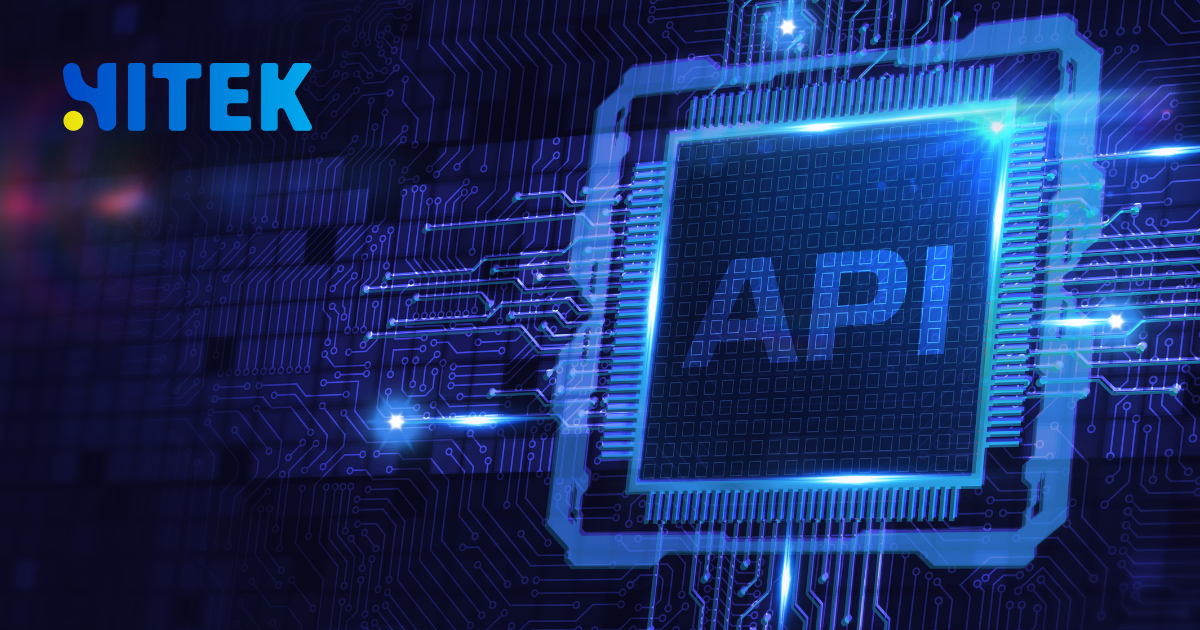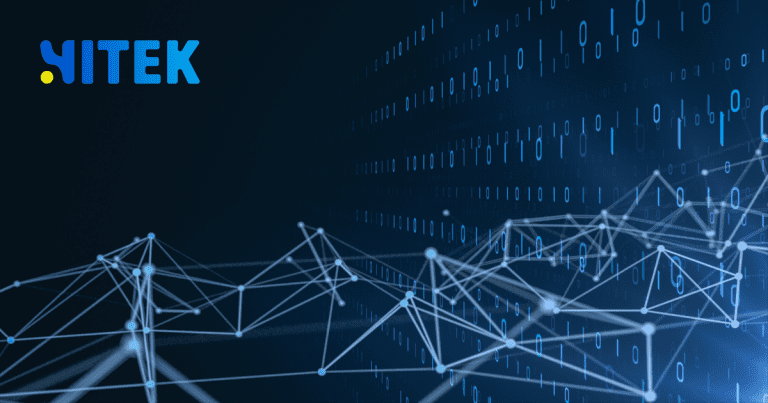The tech landscape is shifting fast, and Australian developers need tools that keep pace. The right software can make or break your project, whether you’re building AI-driven apps, cloud-native solutions, or robust enterprise systems.
We’ve curated the 25 best software development tools and platforms in 2025, covering IDEs, collaboration suites, DevOps, and emerging AI coding assistants. These picks combine performance, innovation, and reliability, helping Australian dev teams stay ahead.
Contents
Toggle1. Visual Studio Code (VS Code)
Microsoft’s VS Code remains a favourite for its lightweight design, extensive extensions, and seamless Git integration. With AI-powered IntelliCode, it’s brighter than ever—perfect for Python, JavaScript, and Go developers.
Best for: Frontend & full-stack devs
2. GitHub Copilot X
GitHub Copilot X has evolved beyond autocomplete, offering AI-driven code generation, real-time debugging, and pull request summaries. It’s like having a senior dev whispering in your ear.
Best for: AI-assisted coding
3. JetBrains Fleet
JetBrains’ Fleet is a next-gen, distributed IDE with collaborative editing and intelligent completion. It’s fast, flexible, and ideal for remote teams.
Best for: Multi-language development
4. AWS CodeWhisperer
Amazon’s CodeWhisperer is a strong Copilot alternative optimised for AWS environments. It suggests secure, compliant code snippets—great for cloud-native projects.
Best for: AWS-centric development
5. Docker
Docker continues to dominate containerisation, simplifying deployment with Kubernetes integration. Its Dev Environments feature lets teams effortlessly share consistent setups.
Best for: DevOps & microservices
6. Kubernetes
Kubernetes is the de facto standard for container orchestration. It scales apps seamlessly, and managed services like AWS EKS and Google GKE make it even more accessible.
Best for: Scalable cloud deployments
7. Postman
API development thrives with Postman, offering automated testing, mock servers, and AI-driven documentation.
Best for: API developers & testers
8. Figma
Figma isn’t just for designers—its Dev Mode bridges the gap between UI/UX and frontend coding, making handoffs smoother.
Best for: UI/UX collaboration
9. Jira
Atlassian’s Jira remains a powerhouse for Agile project management, now with deeper AI insights for sprint planning.
Best for: Agile teams
10. Slack
Slack integrates with GitHub, Jira, and CI/CD tools, keeping dev teams synced without endless emails.
Best for: Team communication
11. Terraform
Infrastructure as Code (IaC) is a breeze with Terraform, automating cloud resource management across AWS, Azure, and GCP.
Best for: Cloud infrastructure
12. Sentry
Sentry provides real-time error tracking, helping developers squash bugs before users notice them.
Best for: Debugging & monitoring
13. Notion
Notion organises docs, wikis, and sprint plans in one place—ideal for remote teams.
Best for: Knowledge management
14. Firebase
Google’s Firebase offers backend-as-a-service (BaaS), authentication, and real-time databases for rapid app development.
Best for: Mobile & web apps
15. Netlify
Netlify simplifies static site hosting with built-in CI/CD, edge functions, and instant rollbacks.
Best for: Jamstack developers
16. Vercel
Vercel is the go-to for Next.js deployments, offering blazing-fast global edge networks.
Best for: React/Next.js projects
17. Snyk
Snyk scans dependencies for vulnerabilities, ensuring compliance in regulated industries like fintech.
Best for: Security-focused devs
18. Linear
A sleek alternative to Jira, Linear streamlines issue tracking with keyboard shortcuts and GitHub sync.
Best for: Fast-moving startups
19. Raycast
Raycast boosts productivity with custom shortcuts, AI commands, and quick-access plugins.
Best for: Mac power users
20. Replit
Replit lets you code in the browser with AI pair programming, which is excellent for education and prototyping.
Best for: Beginners & educators
21. ChatGPT-5 (for Code Review)
OpenAI’s latest ChatGPT assists in debugging, refactoring, and explaining complex code.
Best for: AI-assisted learning
22. Supabase
An open-source Firebase alternative, Supabase offers PostgreSQL databases with real-time subscriptions.
Best for: Full-stack developers
23. Playwright
Playwright automates cross-browser testing, outperforming Selenium in speed and reliability.
Best for: QA automation
24. Obsidian
Obsidian helps devs organise notes in a local, markdown-based knowledge base.
Best for: Documentation
25. Warp
Warp is a modern terminal with AI command search and collaborative features.
Best for: CLI enthusiasts
Which Tool Should You Choose?
| Use Case | Best Tool |
|---|---|
| AI Coding Assistant | GitHub Copilot X |
| Cloud Development | AWS CodeWhisperer |
| Container Management | Docker + Kubernetes |
| API Testing | Postman |
| Agile Project Mgmt | Jira or Linear |
| Static Site Hosting | Netlify/Vercel |
Final Thoughts
The best tools in 2025 blend AI efficiency, cloud scalability, and seamless collaboration. Australian developers should experiment with these platforms to find the perfect stack for their workflow.
Which tool are you most excited to try? Drop a comment or share your favourites on social media!
(Need help integrating these tools into your workflow? Contact our expert team for tailored advice.)
This guide ensures you’re equipped with the sharpest tools in the shed—now build something incredible.










